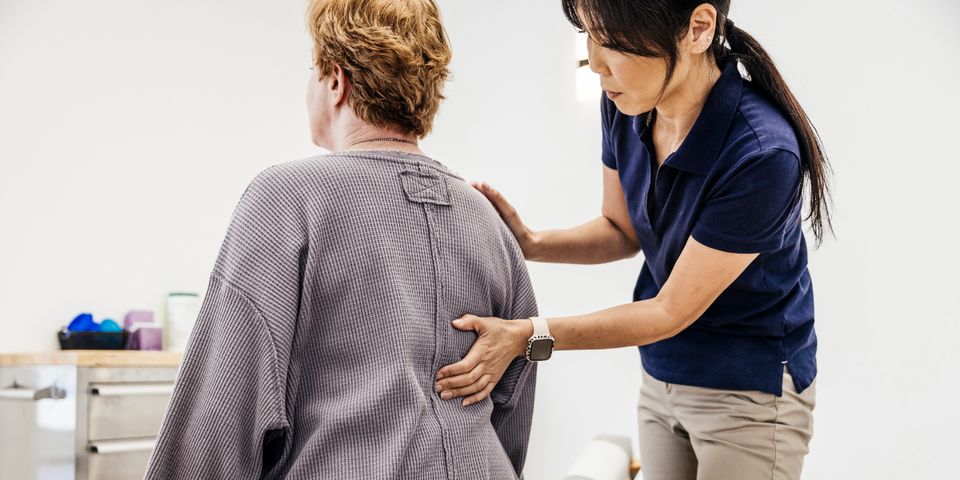Scoliosis Awareness Month: A Brief Guide to Scoliosis

June is Scoliosis Awareness Month, which is dedicated to increasing awareness of a condition that affects approximately 2% of the worldwide population. It is important for individuals with scoliosis or those who suspect they have it to seek the guidance of orthopedic physicians who specialize in the diagnosis and treatment of the condition. This guide aims to provide a basic understanding of scoliosis, its symptoms and causes, and the available treatment options.
What Is Scoliosis?
Scoliosis is a condition where the spine curves sideways in an abnormal manner. It usually develops during childhood or adolescence when the spine is still growing, but it can also occur in adults due to degenerative changes in the spine. The severity of scoliosis can range from mild to severe and can affect the overall alignment of the body.
Symptoms & Causes
The most common symptom of scoliosis is an abnormal curvature of the spine, which can cause the shoulders, hips, or waist to appear uneven. Other symptoms may include back pain, fatigue, and difficulty breathing. In some cases, scoliosis can also lead to complications such as spinal stenosis, herniated discs, or nerve damage.
The exact causes of scoliosis are not always clear, but some risk factors have been identified. These include genetic factors, neuromuscular conditions, and certain medical conditions such as cerebral palsy or muscular dystrophy. In some cases, scoliosis can also be caused by poor posture or an uneven gait.
How Is It Treated?
The treatment of scoliosis depends on the severity of the condition, the age of the patient, and other individual factors. In mild cases, no treatment may be necessary, and the condition may be monitored with regular check-ups. In more severe cases, an orthopedic physician may recommend bracing, physical therapy, or surgery. Bracing is usually recommended for children and adolescents with moderate scoliosis. The brace helps to prevent further progression of the curvature by providing support to the spine. Physical therapy can also be beneficial in improving posture, strengthening the back muscles, and reducing pain.
In some cases, surgery may be necessary to correct the curvature of the spine. This is usually reserved for severe cases where other treatments have not been successful. The goal of surgery is to straighten the spine as much as possible and to prevent further damage to the spinal cord and surrounding nerves.
If you are experiencing symptoms of scoliosis or suspect that you might have this condition, it is important to seek the guidance of an orthopedic physician who can properly diagnose and treat you. United Hospital District is a leading provider of orthopedic care, including the treatment of scoliosis. Our team of medical specialists is highly experienced and committed to delivering the best quality care to every patient. For your convenience, we have locations in Blue Earth, Fairmont, and Wells, MN. To schedule an appointment, call us at (507) 526-7388 or visit our website for more information.
About the Business
(5 reviews)
Have a question? Ask the experts!
Send your question

